
1564
Playwright, poet and actor William Shakespeare is born in Stratford-Upon-Avon.

Playwright, poet and actor William Shakespeare is born in Stratford-Upon-Avon.
The Red Lion playhouse is built in Whitechapel, London. It is the first permanent theatre building in England, but it is not known how long the building survived.
The Mayor of London bans plays in the city as a means of restricting the spread of the plague. Three years later he evicts all players from London, forcing them to start constructing playhouses outside the city walls.
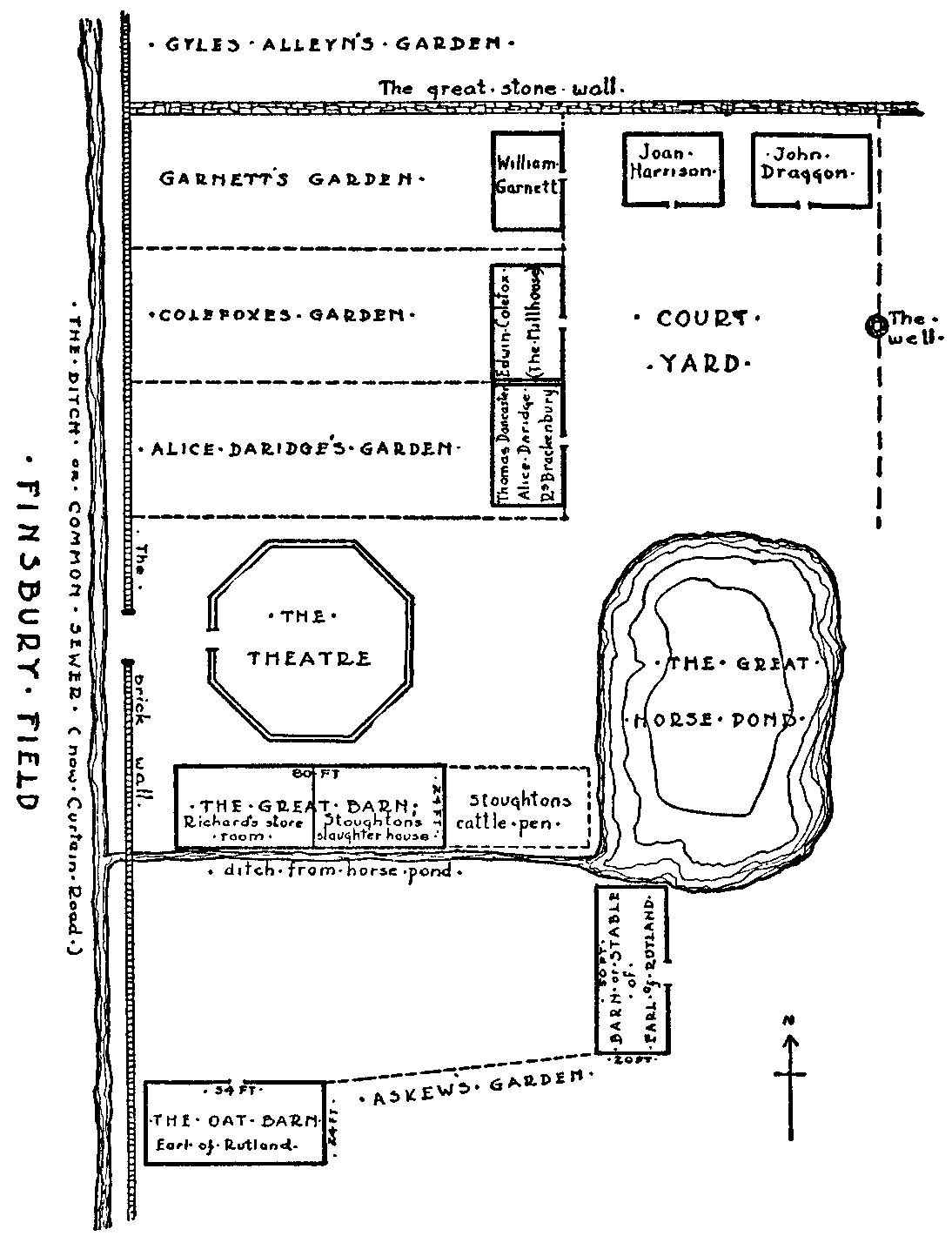
"The Theatre" is built in the grounds of the dissolved Halliwell (or Holywell) Priory in Shoreditch by James Burbage and his brother-in-law Mr Brayne, who had owned the Red Lion playhouse.
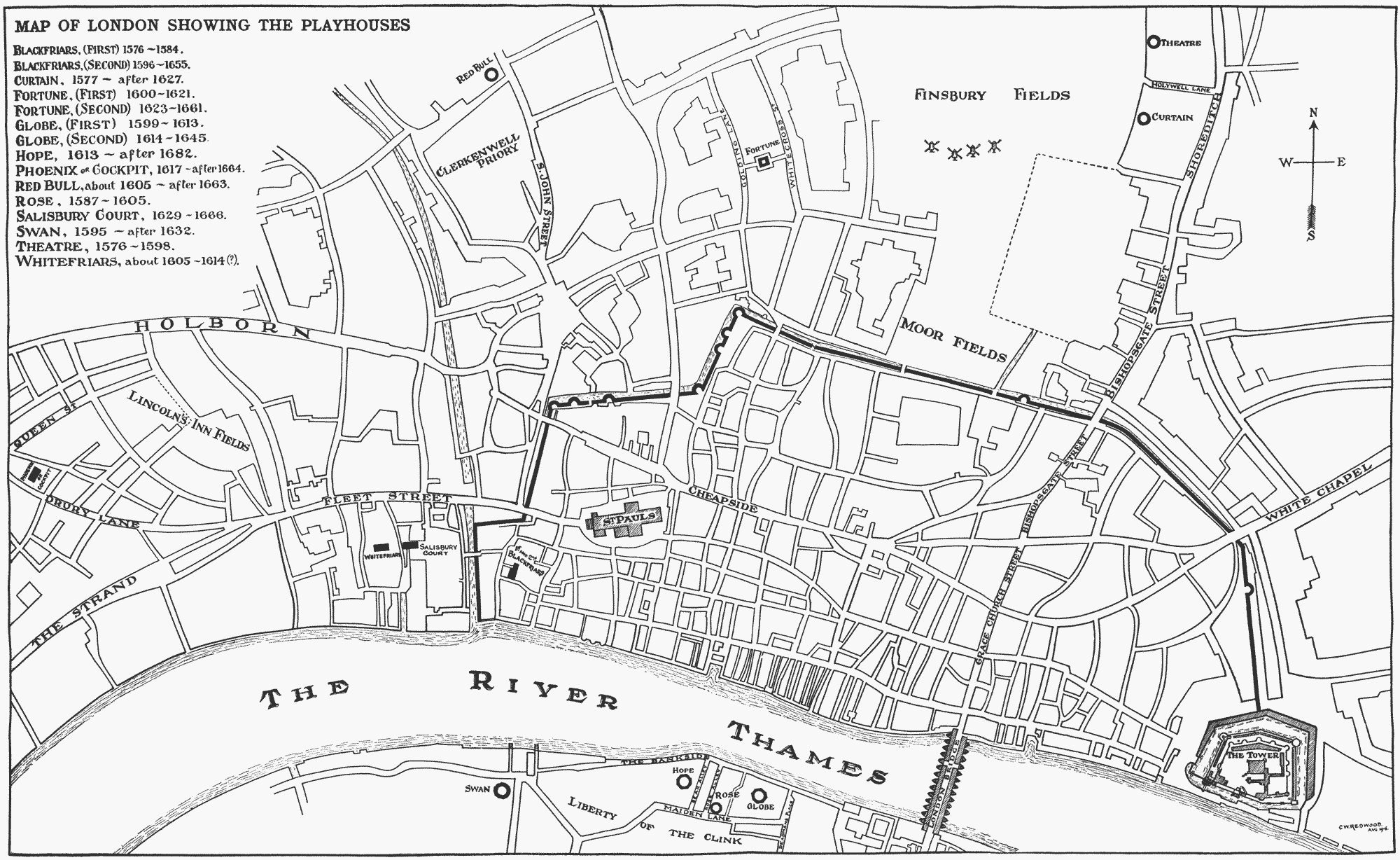
The Curtain Theatre is built in Shoreditch just 200 yards from Burbage's The Theatre.
The approximate year that Newington Butts Theatre is built just outside the city of London, in keeping with regulations of the time.
William Shakespeare marries Anne Hathaway.
The Rose Theatre is built by Philip Henslowe and John Cholmley in Bankside, London. It would later be the first purpose-built theatre to stage one of Shakespeare's plays.
Around this time (although the exact time is unknown) Shakespeare writes his first play, Henry VI, Part 1, and leaves Stratford for London.
The bubonic plague strikes London, killing 5% of the city's residents and forcing the theatres to close until the following year.
A company of actors called The Lord Chamberlain's Men is founded under the patronage of the then Lord Chamberlain: Henry Carey, 1st Baron Hunsdon. The players performed at The Theatre in Shoreditch until 1597 when they moved to the nearby Curtain Theatre. Shakespeare purchases shares in the company.
The Swan Theatre is built in Southwark by Francis Langley.
A 1598 print of Love's Labour's Lost becomes the first publication to feature Shakespeare's name on the title page.

The Globe Theatre is built in London. Shakespeare himself owns a 12.5% stake.
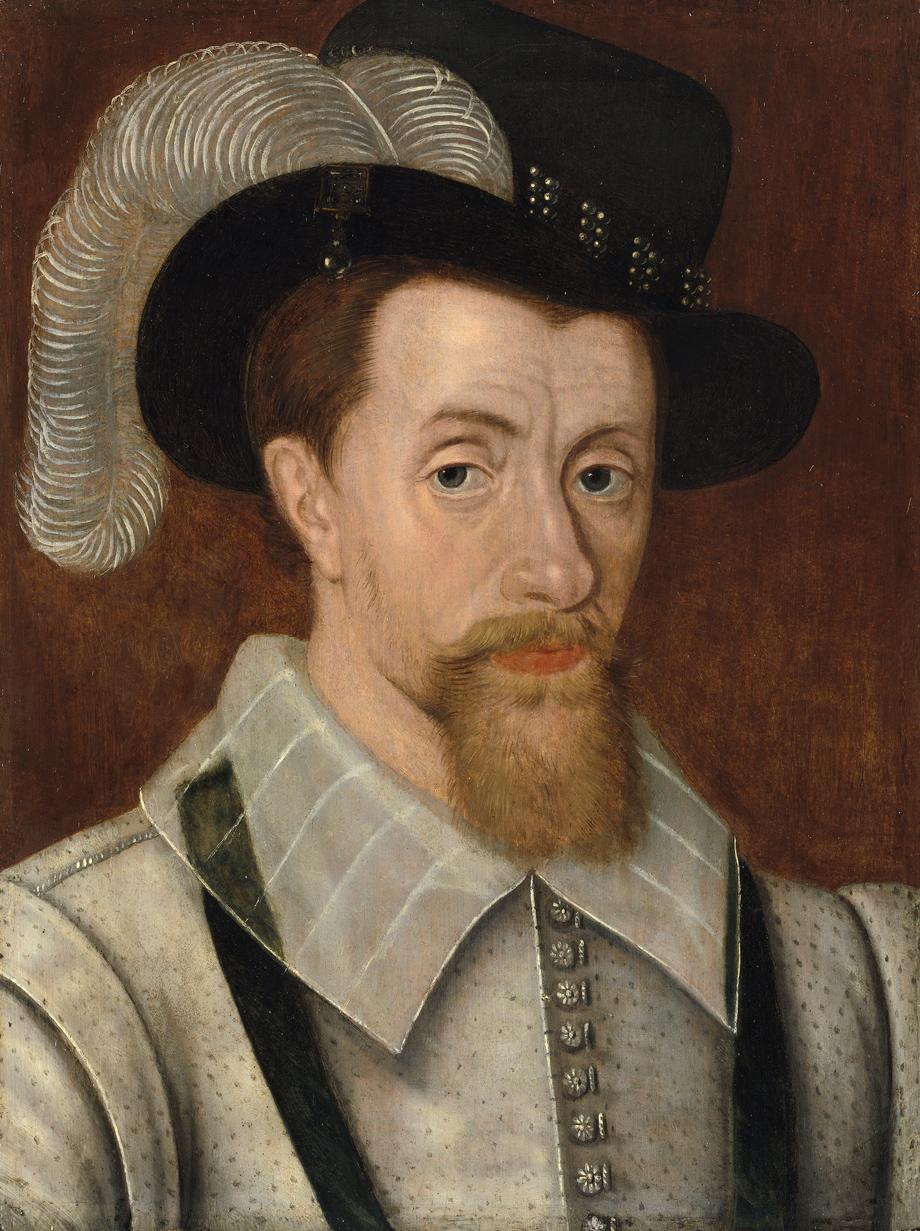
Elizabeth I dies and is succeeded by James I (VI of Scotland).
The acting company with which Shakespeare is involved, The Lord Chamberlain's Men, is granted a Royal Patent by King James I. They take on the name 'King's Men'.
Jamestown, the first permanent English settlement in the Americas, is established. It is named after King James I.
Shakespeare publishes 154 of his sonnets which explore themes of beauty, sex and love.
The approximate year that Shakespeare returns to Stratford from London.
Along with fellow playwright John Fletcher, Shakespeare co-writes his last play, The Two Noble Kinsmen.
William Shakespeare dies at Stratford-upon-Avon. Although the exact date is not known, the most frequently cited date is the 23rd April 1616.
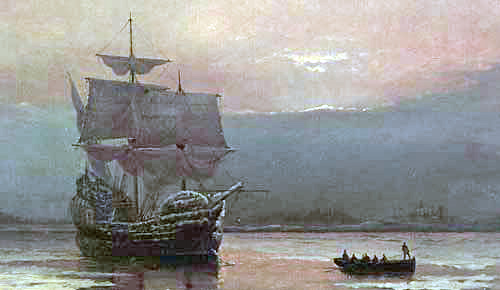
The journey of the Mayflower, taking the Pilgrim Fathers from England and Holland to the New World.
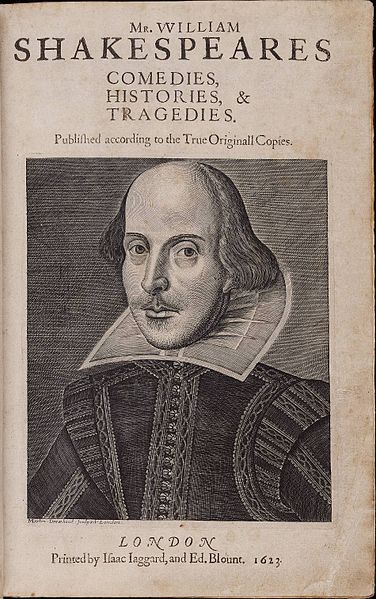
Shakespeare's First Folio, or 'Mr. William Shakespeare's Comedies, Histories, & Tragedies' is published. It contains 36 of Shakespeare's plays, compiled by his friends and colleagues John Heminges and Henry Condell.
James I dies and is succeeded by Charles I.
Shakespeare's Second Folio is published, containing some language revisions from the 1623 First Folio.
English Civil War.
The Globe Theatre is demolished by the Puritans, who two years previously had outlawed all plays and theatres.
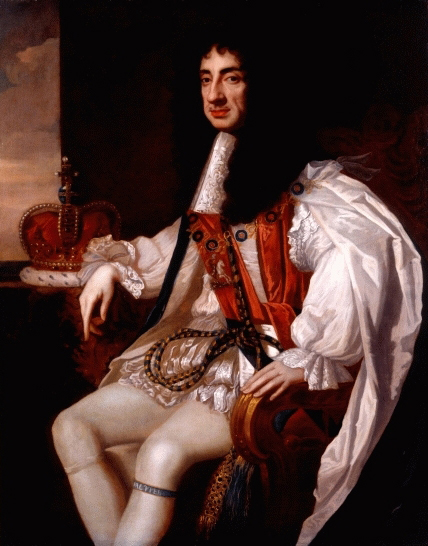
The Restoration of Charles II sees theatres and the performances of plays legalised again.
Samuel Pepys keeps his famous diary, detailing eye-witness accounts of important events.
Shakespeare's Third Folio is published.
The first theatre at Drury Lane is built by Thomas Killigrew. It would be destroyed and rebuilt three times over the next 150 years. The fourth incarnation, built in 1812, is still in use today.
The Great Plague of London, the last major epidemic of bubonic plague to occur in England.
The Great Fire of London. The city burned for four days.
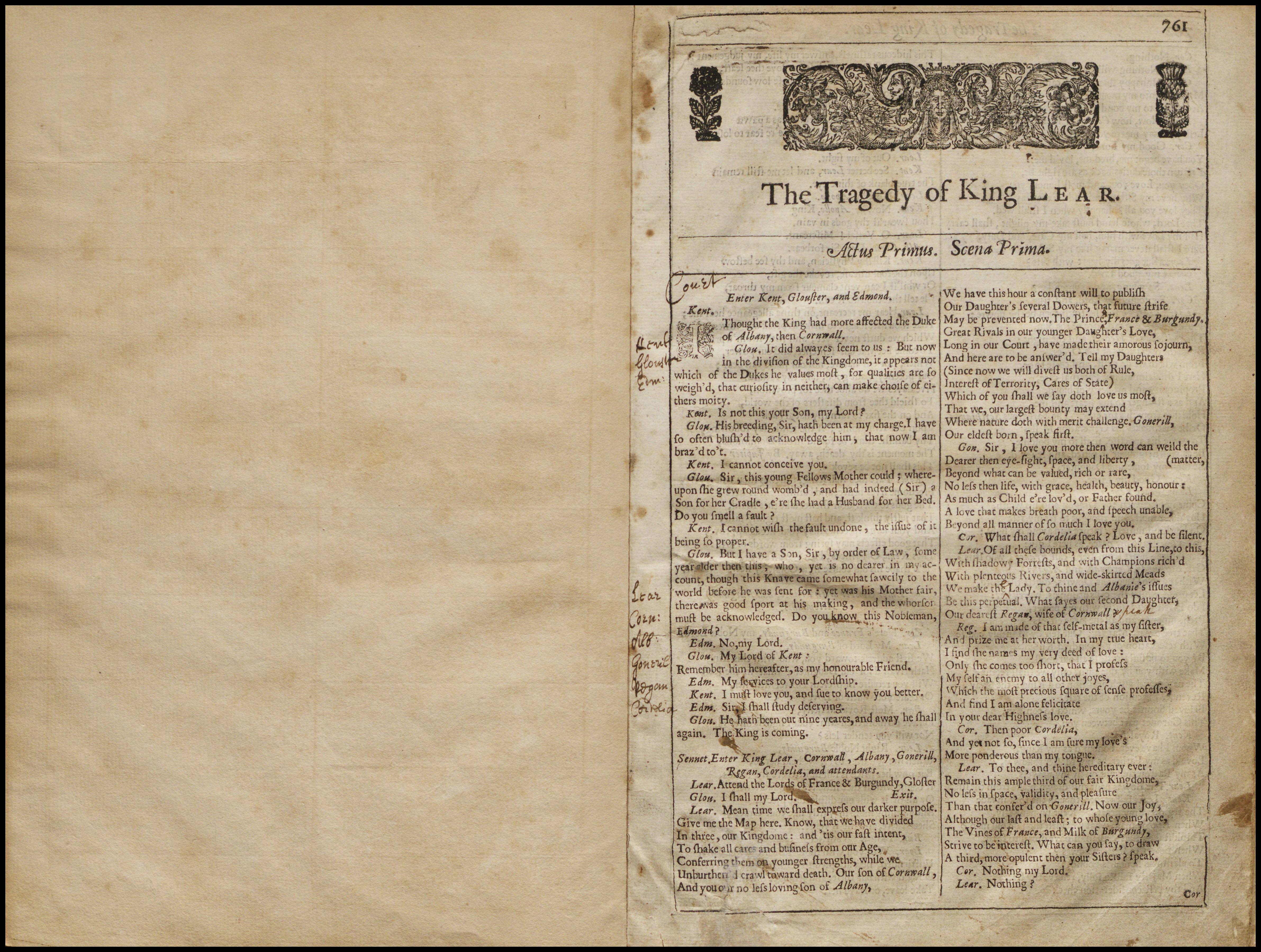
King Lear is performed at the Smock Alley Theatre in Dublin, one of many productions to run at this famous theatre.
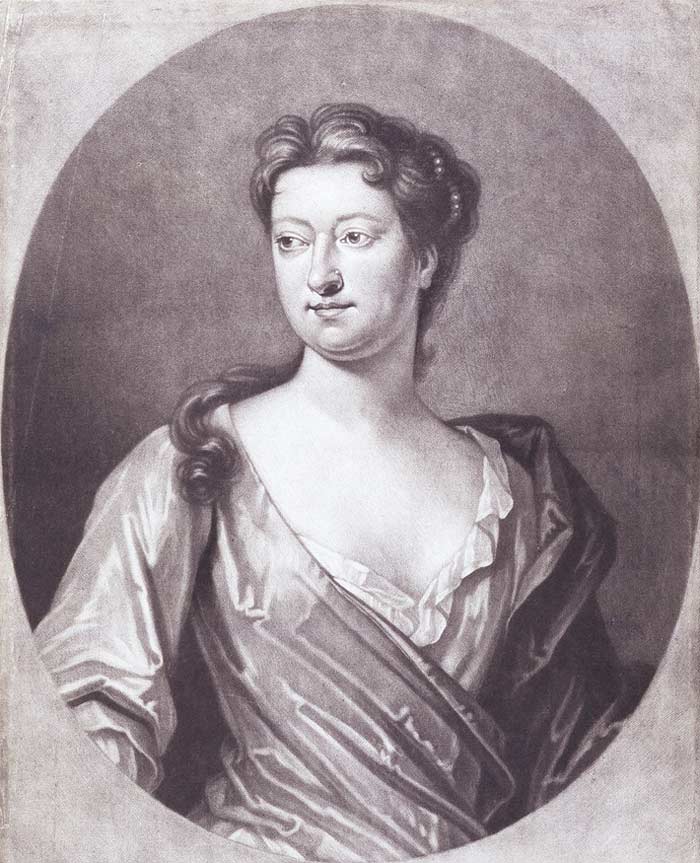
English actress and poet Susanna Centlivre (born Susanna Freeman and also known as Susanna Carroll) is born.
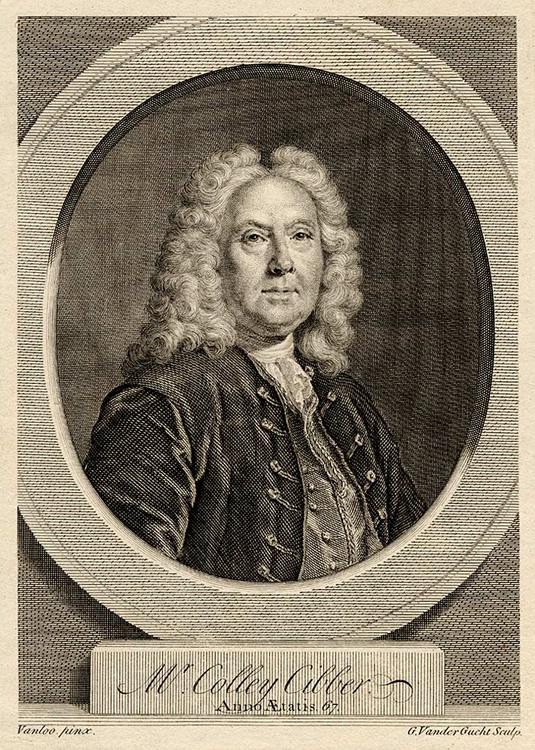
English playwright, actor-manager and Poet Laureate Colley Cibber is born.
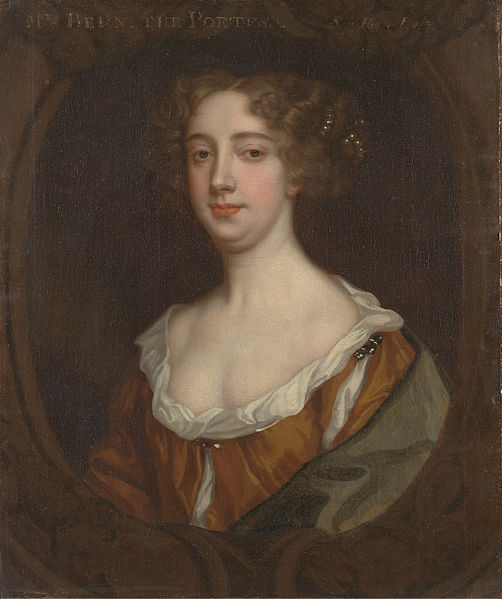
Aphra Behn (born Aphra Johnson) was the first female professional writer in English Literature. From the early 1670's she wrote several successful plays. Her most successful would be 'The Rover' which starred Nell Gywn, the mistress of King Charles II.
Nahum Tate rewrites the ending to Shakespeare's King Lear, transforming the ending into a happy one.
The first Sadler's Wells Theatre is opened by Richard Sadler, originally as a 'Musick House'. The name derives partly from the founders last name and partly from his discovery of monastic wells in the grounds of his property, which he claimed had medicinal benefits.
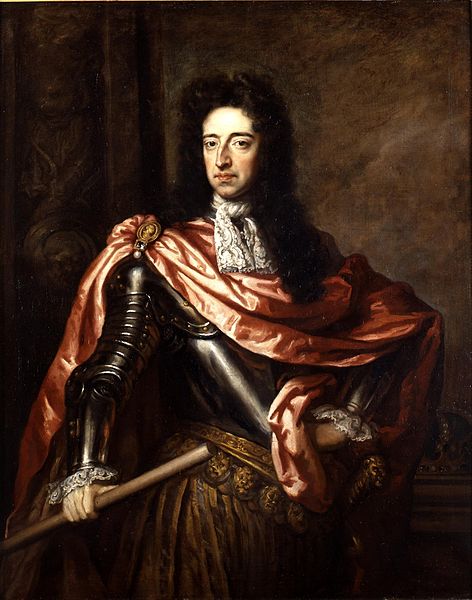
Reign of Catholic King James II, deposed on 23 Dec 1688 by the protestant William of Orange.
The first Jacobite Rising (Rebellion) takes place, with supporters of the exiled James II rising up against protestant rule.
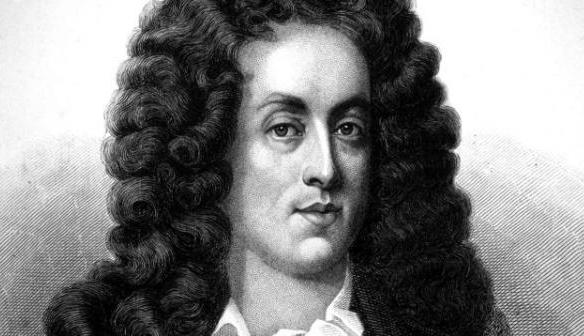
Nahum Tate becomes England's Poet Laureate.
William of Orange (William II) dies and is succeeded by his sister-in-law Anne.
The Queen's Theatre, Haymarket is opened.
Queen Anne dies childless, and the throne passes to her distant cousin George I, beginning the 'Georgian' period.
The second Jacobite Rising, also known as 'The Fifteen'.
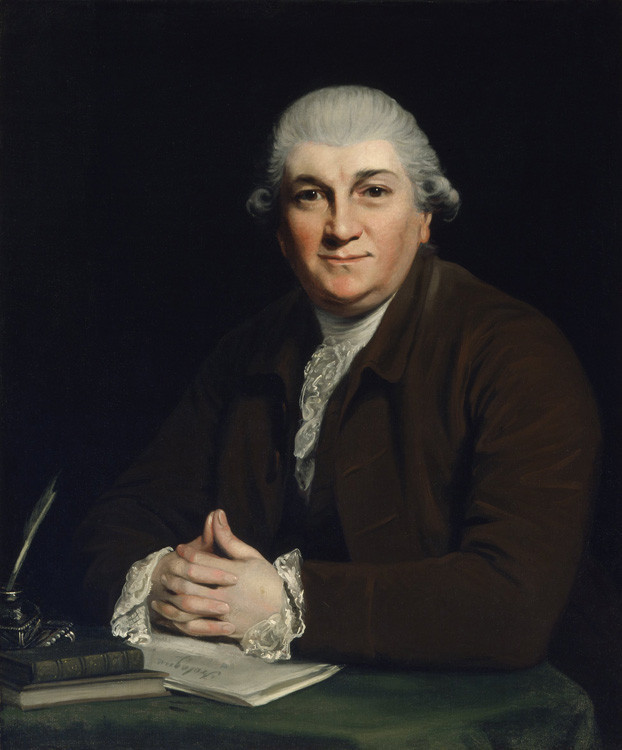
English actor, playwright and theatre manager David Garrick is born.
Susanna Centlivre, known as the 'second woman of the English stage' after Aphra Behn, dies following a successful and long career at the Theatre Royal at Drury Lane.
George I dies and is succeeded by his son George II.
The success of The Beggars Opera at Lincoln's Inn Fields allows director and manager John Rich to open the Theatre Royal at Covent Garden.
Actors revolt at the Theatre Royal Drury Lane after Colley Cibber sells his controlling interest to John Highmore at an inflated price.
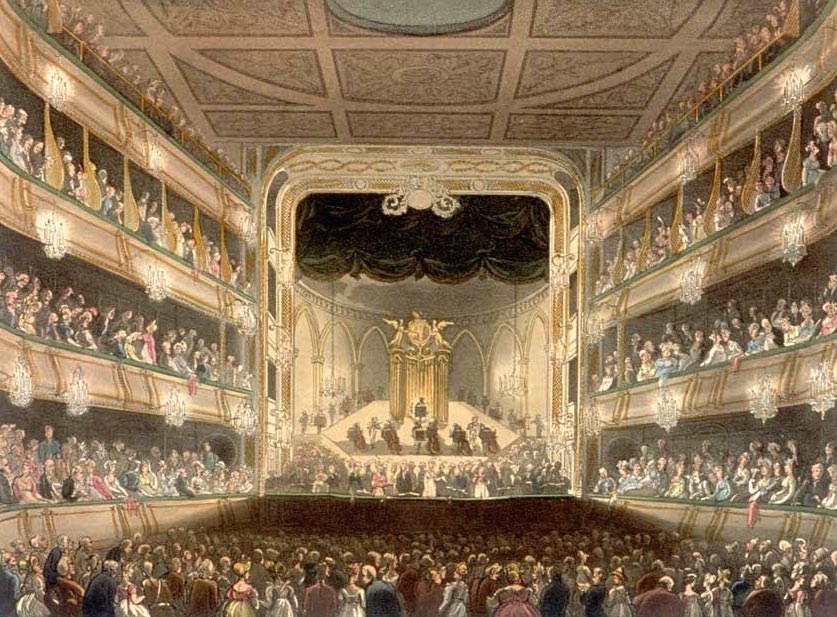
The first ballet, Pygmalion, is performed at the Theatre Royal in Covent Garden.
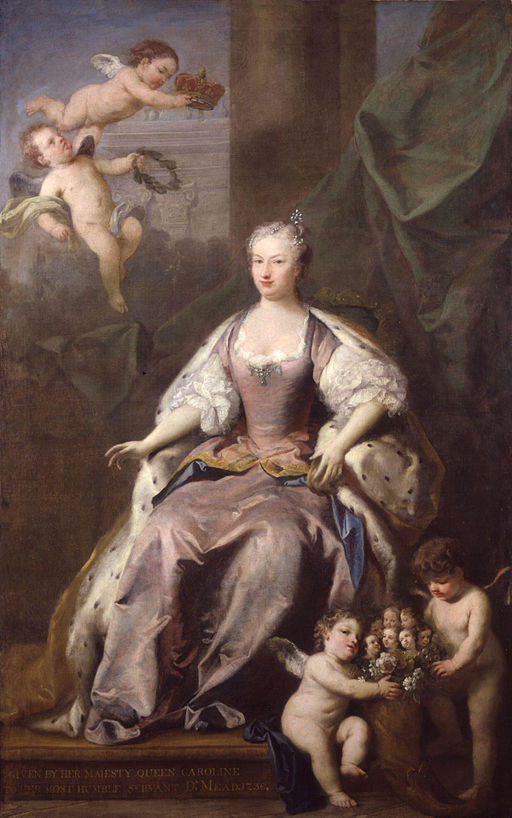
Caroline of Ansbach, Queen of Great Britain and the wife of King George II dies. She is widely mourned.
The stage Licensing Act is passed, placing censorship of the British stage under the control of the Lord Chamberlain. He was able to prohibit the performances of new plays and ban amendments to existing plays, without having to justify his decisions. The Act also restricted the performance of spoken drama pieces to patent theatres, originally only the Theatre Royals at Drury Lane and Covent Garden in London.
John Wesley has his evangelical conversion. The beginning of the Methodist Movement.
Riot occurs against French Troupe at Little Theatre Haymarket.
England declares war on Spain. The war became known as the War of Jenkins' Ear after an ear severed by the Spanish from British merchant ship captain and smuggler Robert Jenkins was displayed before parliament.
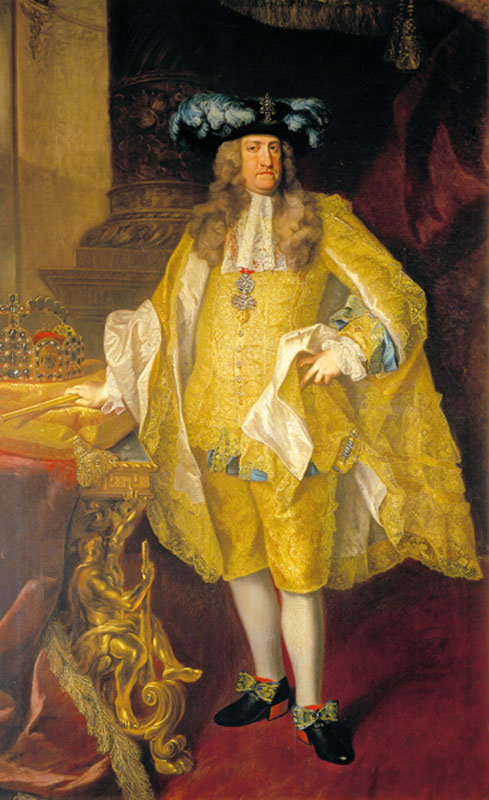
Death of Charles VI, Holy Roman Emperor.
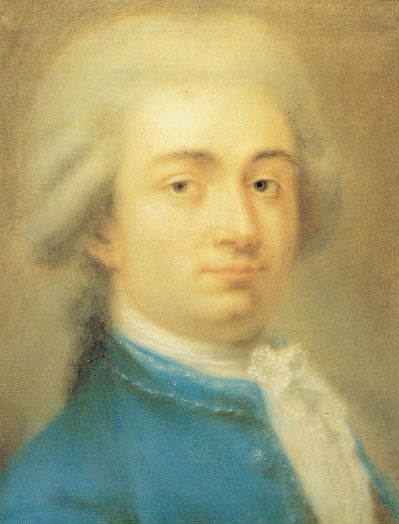
Carlo Goldoni has success reviving the tradition of commedia dell'arte. The tradition which began in 16th century Italy used dance, music and buffoonery and is the basis of modern pantomime.
Successive years of rain and cold weather lead to the Irish Famine, killing an estimated 38% of the 1,740 population.